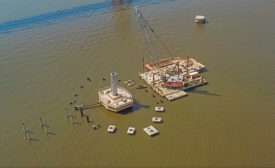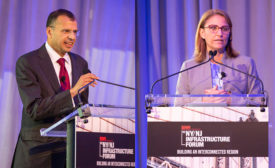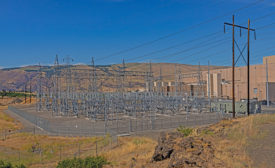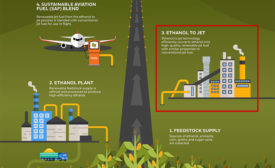Home » Keywords: » Burns & McDonnell
Items Tagged with 'Burns & McDonnell'
ARTICLES
Midwest 2024 Legacy Award Winner Ray Kowalik
Outgoing Burns & McDonnell CEO Ray Kowalik fostered success for employees, clients and communities alike
Read More
2023 MidAtlantic Best Projects
Best Project Energy/Industrial: Key Crossing Reliability Initiative
October 16, 2023
Top Contractors | Northwest Firm of the Year
Burns & McDonnell Reaps Reward of Northwest Expansion
Read MoreThe latest news and information
#1 Source for Construction News, Data, Rankings, Analysis, and Commentary
JOIN ENR UNLIMITEDCopyright ©2024. All Rights Reserved BNP Media.
Design, CMS, Hosting & Web Development :: ePublishing
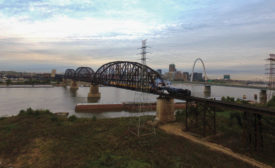


.jpg?height=168&t=1701451830&width=275)

